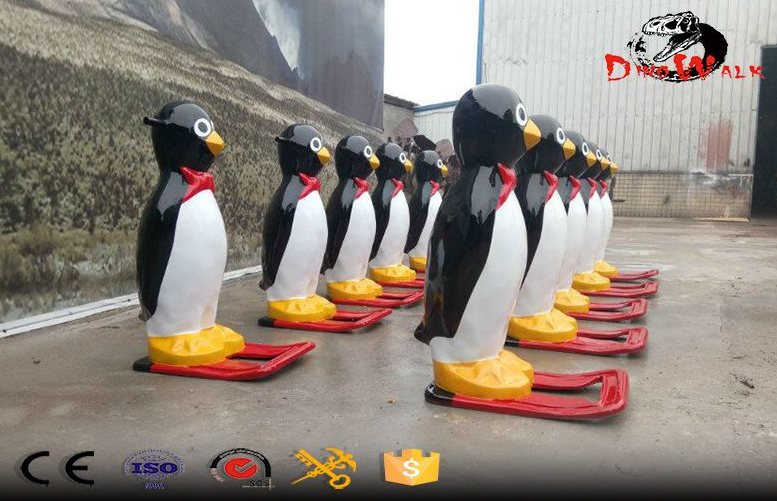How Do Penguins Keep Their Feet Warm?
Penguins, those charismatic birds known for their waddling gait and tuxedo-like appearance, have evolved some remarkable adaptations to survive in the frigid temperatures of their natural habitats. One of the most intriguing questions about these flightless birds is: How do penguins keep their feet warm in icy waters and icy environments? Let's delve into the fascinating mechanisms that allow penguins to maintain their foot warmth even in the harshest conditions.
1. Countercurrent Heat Exchange
Penguins employ a unique physiological feature called countercurrent heat exchange to prevent heat loss through their feet. The arteries that carry warm blood from the body to the feet run very close to the veins carrying cold blood back to the body. This close proximity allows for the transfer of heat from the outgoing warm blood to the incoming cold blood. As a result, the blood returning to the body is cooler, conserving heat within the core of the penguin's body and reducing heat loss through the feet.
2. Insulating Layers of Feathers
Penguins have a layer of insulating feathers that covers their entire body, including their feet. These feathers provide an effective barrier against the cold by trapping a layer of warm air close to the skin. The feet of penguins are covered with feathers that overlap like shingles on a roof, creating an insulating barrier that helps keep their feet warm, even in icy waters.
3. Reduced Blood Flow
When penguins enter cold water, they have the ability to restrict blood flow to their extremities, including their feet. By constricting the blood vessels in their legs and feet, they reduce the amount of warm blood reaching these areas. This minimizes heat loss to the surrounding cold water and helps maintain their core body temperature.
4. Huddling Behavior
Many penguin species exhibit huddling behavior, where they gather in large groups for warmth. When penguins huddle, they share body heat with their neighbors, which can significantly reduce heat loss through their feet and other body parts. This communal warmth is crucial for survival during the harsh Antarctic winters.
5. Thick Layers of Fat
Penguins also have thick layers of fat, known as blubber, beneath their skin. While this fat primarily serves as an energy reserve and buoyancy aid, it also provides insulation against the cold. The layer of blubber helps to maintain body temperature, including that of the feet.
6. Behavioral Adaptations
Penguins exhibit various behavioral adaptations to protect their feet from extreme cold. They often alternate between resting one foot on the ice and tucking the other under their bodies. This rotation allows them to periodically warm each foot while keeping one insulated against the icy ground.
Suggested reading:Sports & Entertainment
7. Physical Activity
Penguins engage in physical activities like swimming and foraging, which generate body heat. By staying active, they can maintain their overall body temperature, including that of their feet, while navigating through cold waters.
8. Frostbite Avoidance
By employing these mechanisms and adaptations, penguins can avoid frostbite and maintain functional feet, which are essential for their survival. Frostbite prevention is critical for their ability to swim, hunt, and evade predators in their challenging environment.
FAQs about How Penguins Keep Their Feet Warm
Q1: Can penguins get frostbite on their feet?
While penguins have evolved various adaptations to prevent frostbite, it is still possible for them to experience frostbite in extremely harsh conditions or if their natural heat-preserving mechanisms are compromised.
Q2: Do penguins' feet ever freeze?
It's rare for penguins' feet to freeze completely, thanks to their physiological and behavioral adaptations. However, in extreme cold or if a penguin's feather insulation is compromised, frostnip or frostbite may occur.
Q3: Are all penguin species equally adapted to cold conditions?
No, different penguin species have varying degrees of cold adaptation, with some species being better equipped to withstand extreme cold than others. Species like the Emperor penguin are highly adapted to frigid conditions.
In conclusion, penguins have developed a range of remarkable adaptations to keep their feet warm in the icy environments they call home. These adaptations, including countercurrent heat exchange, insulating feathers, and behavioral strategies, help them thrive in some of the coldest places on Earth while preserving their remarkable way of life.
- Previous: None
- Next: None
- 0


